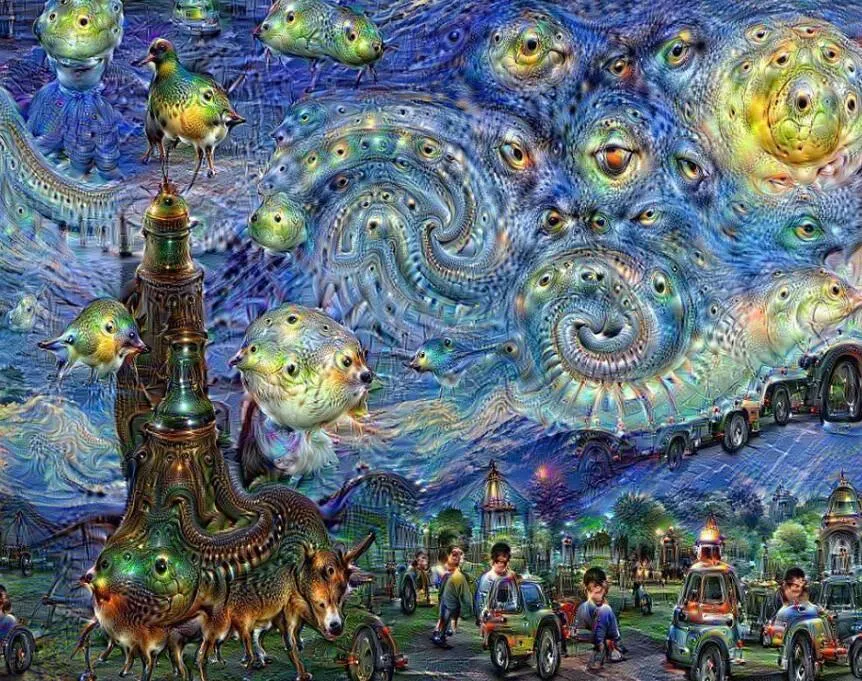The Future of Art: The Evolving Relationship Between Technology and Creativity
Technology has made art more accessible than ever, enabling artists to reach a wider audience and fostering greater inclusivity within the art community.

Digital Art and its Accessibility:
The advent of digital art has democratized the art world, making it more accessible than ever before. With digital platforms and online galleries, artists can now showcase their work to a global audience without the limitations of physical space. This has provided emerging artists with unprecedented exposure and opportunities for recognition. Moreover, digital art can be easily shared and reproduced, allowing art enthusiasts to appreciate and collect works without geographical constraints.
Augmented Reality (AR) and Virtual Reality (VR):
AR and VR technologies have revolutionized the way we experience art. Through AR, artists can overlay digital elements onto the physical world, creating immersive and interactive installations. This blurring of boundaries between the real and the virtual allows viewers to engage with art in a whole new way, fostering a deeper connection between the audience and the artwork. VR, on the other hand, transports users to entirely new virtual realms, offering limitless possibilities for artistic expression and storytelling.
Collaborative Art and Crowdsourcing:
Technology has made collaboration on art projects easier and more widespread. Artists can now work together remotely, sharing ideas and creations in real-time. This collaborative process breaks down barriers and brings diverse perspectives together, resulting in dynamic and innovative artworks. Moreover, crowdsourcing platforms enable artists to receive funding and support directly from their audience, eliminating the need for traditional gatekeepers and creating new avenues for artistic exploration.
Tools and Techniques:
The rise of digital tools and software has empowered artists to experiment with new techniques and mediums. Digital painting software, for instance, provides artists with a vast array of brushes, colors, and effects, allowing for unlimited artistic experimentation. Additionally, 3D printing technology has opened up new possibilities for sculptors, enabling them to bring their digital designs into the physical realm with precision and ease. These technological advancements have expanded the artistic toolbox, encouraging artists to push boundaries and explore uncharted artistic territories.
Art and Artificial Intelligence (AI):
Artificial intelligence has found its way into the art world, sparking fascinating collaborations between humans and machines. AI algorithms can now generate art autonomously or assist artists in their creative process. This fusion of human creativity and computational power has given birth to mesmerizing artworks, challenging our perceptions of authorship and creativity. AI-generated art also raises thought-provoking questions about the role of the artist and the nature of artistic expression in a technologically advanced society.
So, we ask you, as we did ourselves, do technologically-created/assisted art count as "Real Art"?
As technology-based art generators take the world by storm, some people wonder if it should count as art at all. The technology is still evolving and has some wrinkles to iron out, which means there are indeed flaws to consider alongside the incredible artwork a good artificial intelligence can produce.
What do you think?

